Seven pivotal 2023 developments shaped this beautifully chaotic college sports industry
Flash back one year. Imagine telling a college sports fan that – of all schools Stanford, Cal and SMU would join – of all conferences – the ACC in 2024 because the history-rich Pac-12 Conference disintegrated during a cruel summer of realignment madness, leaving only the abandoned Pac-2 (a newly coined term) to rebuild the Conference of Champions.
Not even in Bill Walton’s worst fever dreams, streamed on Apple TV, would that scenario have been plausible.
Imagine telling the same friend that the NCAA President Charlie Baker would blindside leading stakeholders with a forward-thinking proposal that entails allowing schools for the first time to directly pay athletes. Yes, forward-thinking and NCAA uttered in the same sentence. Or that the new shades-wearing football coach at long-dormant Colorado, the one who ran off players and camped out last winter in the transfer portal, would be named Sports Illustrated‘s Sportsperson of the Year.
Your friend would suggest you lay off the eggnog.
So many significant changes in 2023
Yes, it’s been a doozy of a year in college sports – a dizzying, baffling, topsy-turvy, through-the-looking-glass kind of year. You can make it make sense only if you remember college athletics’ glorious North Star: Money.
Dollars drove virtually all the headline-grabbing moves this year. More dollars are flowing into the pockets of everyone atop the food chain, and even some on the outside (Jimbo Fisher). There’s a growing realization that many more dollars need to land in the hands of athletes on the field.
All developments weighed, the enterprise in 2023 took one small step toward athlete trust funds and one giant leap toward a professionalized model.
Further evolution awaits after New Year’s: more realignment machinations (we hear you, Tallahassee); more litigation starring NCAA antagonists – attorney Jeffrey Kessler and Judge Claudia Wilken; more proceedings with the National Labor Relations Board and perhaps One Shining Moment from Dartmouth’s men’s basketball team; more emerging female faces of NIL; more transfer portal angst from coaches (and not just Lane Kiffin); and much more money flowing into an expanded College Football Playoff.
Conversely, in our lives, we will have, unfortunately, less Bill Hancock and, fortunately, less George Kliavkoff.
Here are the seven most pivotal developments that brought this beautifully chaotic industry ever closer to a fully professionalized model as we enter 2024.
Hello, super conferences
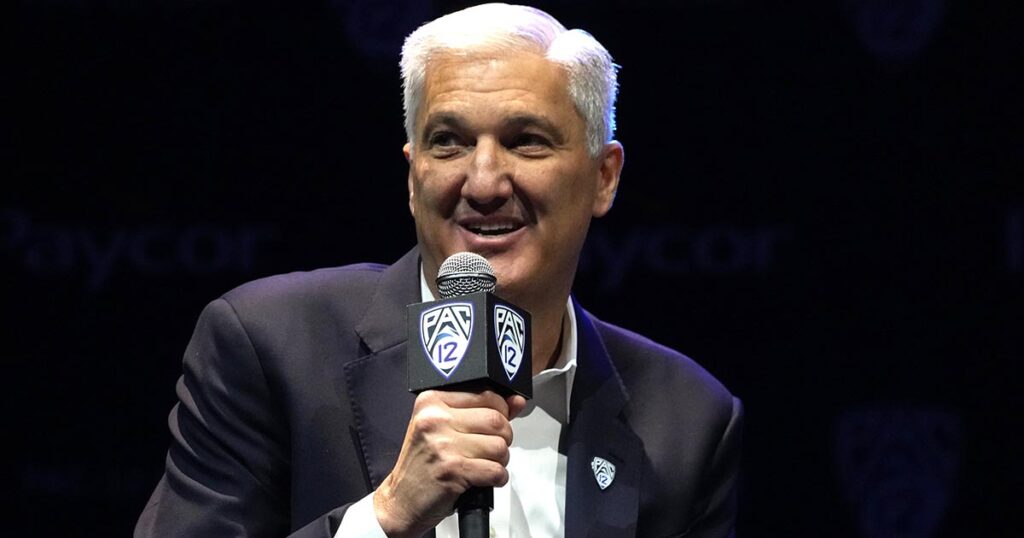
College sports were already trending toward an age of super conferences. But the self-inflicted demise of the Pac-12 only accelerated that process.
Blame detached university presidents and an in-over-his-head commissioner, Kliavkoff, for misreading the media space, strategic blunders and consistently inept messaging. The outcome figures to be long examined in a future ESPN “30 for 30” someday: Why eight Pac-12 schools joined UCLA and USC – which jolted the industry with their 2022 announced departures for the Big Ten – in bolting for greener, more stable pastures in other power leagues.
The 2024 world is a power four world.
Two super conferences – the SEC and Big Ten – have lapped the field in revenue. The Big 12 and a forward-thinking commissioner, Brett Yormark, has his league alive and well after tenuous times a few years ago. And despite the still head-scratching moves of adding Cal, Stanford and SMU, the ACC is the league entering the new year in the crosshairs.
Florida State wants a divorce. One that doesn’t cost $572 million to break the grant-of-rights agreement and leave the league. If disgruntled FSU can extricate itself legally from the grant of rights, how many other ACC schools, if any, will follow?
It is a widely dynamic media world, with Big Tech streaming companies and continued cord-cutting reshaping the broadcast rights space. More conference consolidation looms ahead. The age of just a few super conferences is just beginning. Which schools will be left out in the cold?
NCAA legal threats mounting by the month
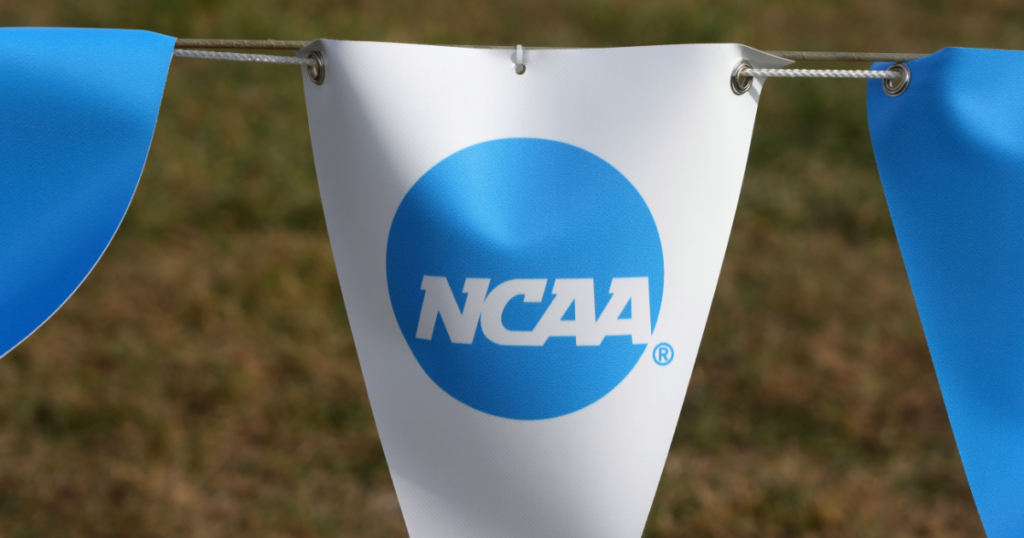
The high-profile O’Bannon and Alston cases opened the door for further legal action against the NCAA, which is increasingly vulnerable. More and more, the courts are looking askance at the NCAA’s long-antiquated amateur model and its limitations on athlete compensation.
Now the floodgates are open. Lawsuits abound, with more seemingly arriving by the month.
American Athletic Conference Commissioner Mike Aresco, never one to mince words, told On3 that lawyers now view college sports as a “candy store.”
“We are getting sued over nonsense,” Aresco said.
The stakes could not be higher. The most consequential ongoing litigation has sent a wave of trepidation through the industry. The NCAA and power leagues could be on the hook for $4.2 billion owed to thousands of athletes in retroactive NIL pay and broadcast rights revenue in the landmark House antitrust case.
This poses an existential threat to the NCAA’s existence as we know it. A trial date is set for January 2025 and settlement talks are underway.
Another antitrust lawsuit has also recently been filed, this one alleging that rules that prohibit schools from paying athletes violate antitrust laws. The plaintiffs – Duke football player Dewayne Carter, Stanford soccer player Nya Harrison and TCU basketball player Sedona Prince – who filed the complaint in the Northern District of California federal court are represented by familiar names, Kessler and Steve Berman.
The duo is once again a thorn in the side of the NCAA, having successfully sued the NCAA in the consequential Alston case and continuing to represent plaintiffs in the blockbuster House case.
Creeping toward an employment model
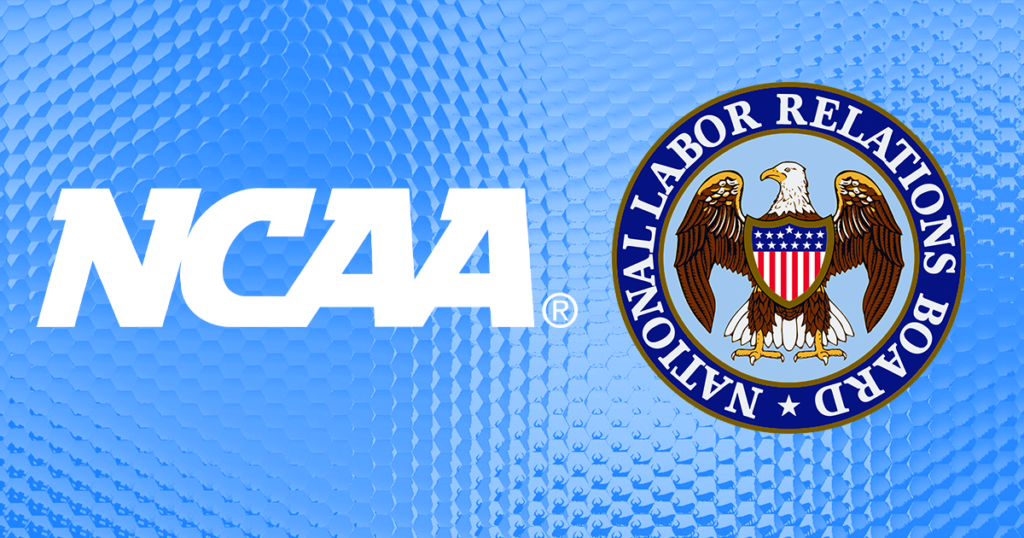
Amid tumult from multiple directions, the biggest questions hovering over the industry are: Will some athletes ultimately be deemed employees? And how will that affect college sports?
Ongoing proceedings in the courts and with the NLRB are weighing the employee question. Many legal experts believe we are on a slow walk toward this model – the operative word being slow. It could take years.
A Boston-based NLRB regional director is weighing the question of whether Dartmouth men’s basketball players are employees and can conduct a union election. Plus, a hearing in Los Angeles will continue next month regarding the NLRB complaint against USC, the Pac-12 and the NCAA, which alleges respondents unlawfully misclassify football and men’s and women’s basketball players as student-athletes.
Plus in Pennsylvania, plaintiffs in Johnson v. NCAA, former Villanova football player Trey Johnson and other Division I athletes are asking that athletes be deemed employees subject to the Fair Labor Standards Act.
What could it mean?
It could open the door to collective bargaining and revenue sharing in college sports. Some believe it could lead to athletes being fired. Some believe it could lead to Olympic sports being cut or being relegated to club level at some schools. In short, it would radically reshape college athletics.
Pittsburgh Athletic Director Heather Lyke, an ACC representative on the NCAA Division I Council, told On3: “I see our kids wearing backpacks, sitting in study table. They are not employees. They are not. It would change the whole model. And they’re not professionals. They’re just not in any sense.”
The next year will bring further clarity to the employment question. But it is unlikely to bring a resolution.
“There is no question college sports has been slow to change,” Baker recently told On3. “The NCAA is making real progress in delivering greater benefits to student-athletes and will continue to. But employment should not be one of those changes.”
Bold proposal needs Congressional assist
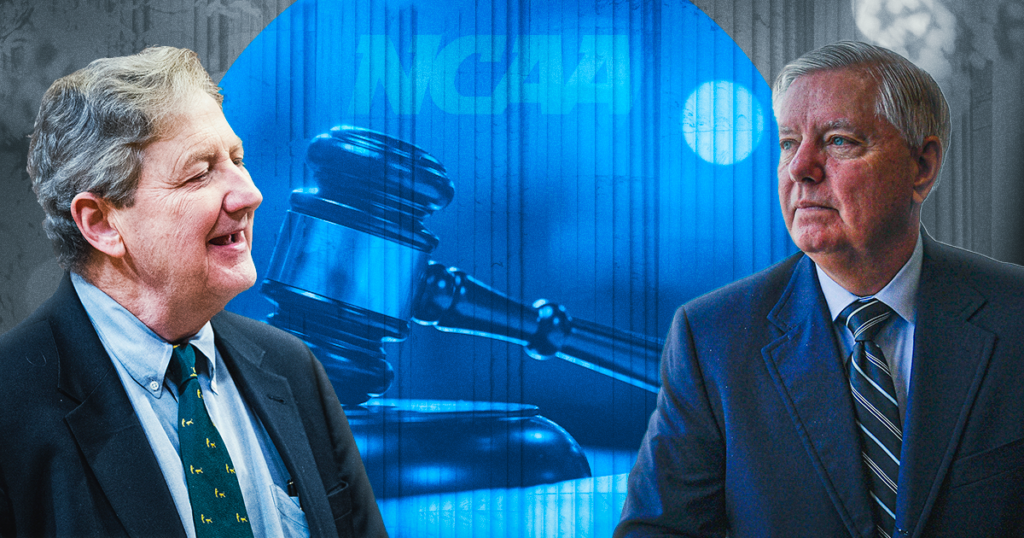
The potentially ground-breaking proposal for college sports that Baker unveiled this month would have been unimaginable under his tone-deaf predecessor, Mark Emmert.
The plan, albeit short on specifics, is bold and forward-thinking. And, as Baker says, it’s just a conversation starter.
It entails creating a subdivision of like-minded, highly-resourced schools that would craft their own policies and create a trust fund from which athletes would receive at least $30,000 annually in accordance with Title IX guidelines. In addition, the proposal would enable any school to begin entering into NIL deals with athletes, a dramatic departure from the current structure that relies on third-party, donor-driven collectives.
The unveiling of the innovative proposal for college sports marks a dramatic shift for an association long defined by its rigid, resistant-to-change DNA. In the weeks leading up to Baker’s memo, a growing number of the industry’s most significant stakeholders were signaling that the state of play demanded evolution from the NCAA.
“The NCAA is going to have to adapt,” SEC Commissioner Greg Sankey told On3 shortly before Baker unveiled his plan. “All of us should confess we’re part of it. We’ve been slow to adapt. I think there’s a clear need for a national association, and the NCAA can fill that role. But change is going to be a constant and more rapid as we try to decipher what that role will be.”
The NCAA also saw the writing on the wall. It is facing mounting legal threats. It needs to demonstrate to Congress that it is making a good-faith effort to move the ball in the right direction. The NCAA is aggressively and desperately seeking a federal reform bill that provides at least limited antitrust protection and codification that athletes are not employees.
“We need some antitrust protection, or the lawsuits will become overwhelming, and schools will start dropping sports because the revenue from the conference media deals will all go to legal fees and settlements,” Big Sky Conference Commissioner Tom Wistrcill told On3.
The proposal blindsided many leading stakeholders, including conference commissioners, that On3 reached after it was unveiled. It remains to be seen whether it garners enough support to ultimately be implemented in some form, much less when.
But it’s a much-needed step in the right direction. It’s also an acknowledgment from the NCAA that athletes deserve more dollars Plus, schools need to be more empowered on the NIL front. Myriad questions persist: How large will the subdivision be? What happens to collectives? Can Title IX compliance be achieved?
But in his first year, give Baker credit for taking a significant step forward in the interest of athletes.
Examining the Prime Effect
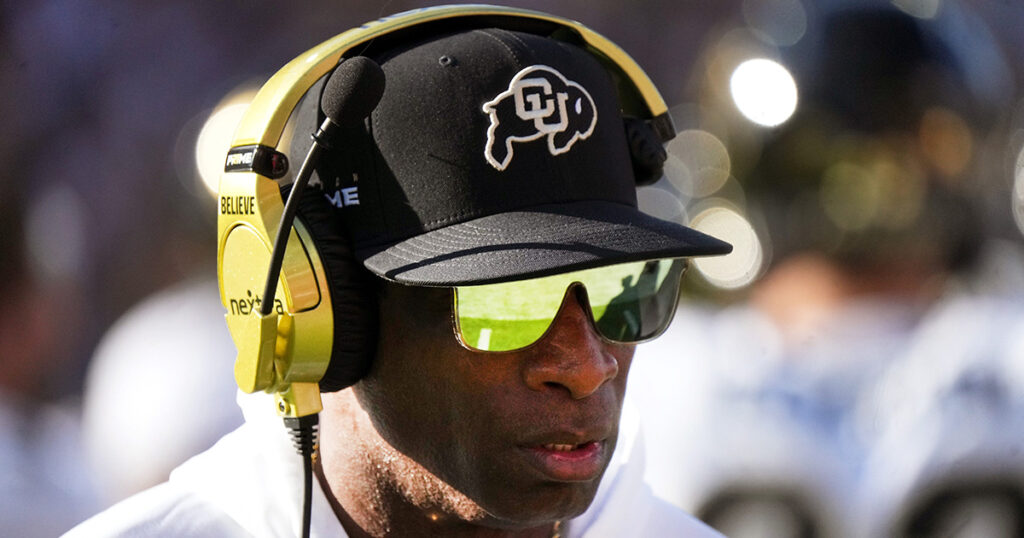
If you were in the camp who believed that the double dose of NIL and the transfer portal would throw a giant wet blanket on the popularity of college football, the strongest counterargument was made in Boulder, Colorado.
“Do you believe,” Coach Prime asked after the season-opening victory over TCU.
When Colorado beat the defending national runner-ups, it was clear we hadn’t seen anything quite like this. A bombastic, household name of a coach who revamped the entire team with a cavalcade of transfers. Deion Sanders burst onto the power conference scene like a force of nature. Bold and brash with charisma in spades, Sanders’ Buffaloes owned the season’s first month.
They were a reality show showcased on every conceivable platform. The popular Saturday morning pregame shows on ESPN and especially FOX, which essentially camped out in Boulder early on, couldn’t get enough of them. The Buffaloes were ratings gold, averaging a remarkable 8.5 million viewers through their first five games.
Colorado’s allure was a “prime” reason – though far from the only one – that this season was the most-watched across all networks in college football history. The bottom fell out of Colorado’s 4-8 season, with the Buffaloes losing their last six games. But the point was made that this was something the sport has never before seen – and the sequel (with a better offensive line) awaits next fall.
To be clear, college football and Colorado football didn’t thrive in spite of NIL and the portal.
It thrived because of NIL and the portal.
Those are two elements that enable teams to rebuild quickly if they possess dollars and sense.
She’s got NIL game
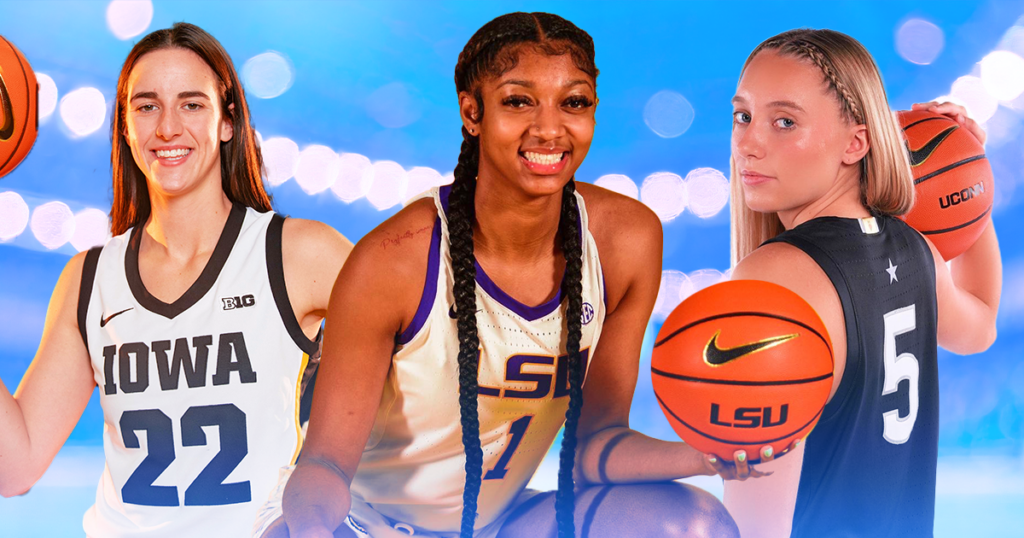
Women’s sports aren’t merely having a moment. They have long been undervalued properties and are now just beginning to have national platforms on which to shine.
Ratings for top women’s volleyball matches are off the charts. The Utah-focused collective this month offered leases for new vehicles to all eligible members of the women’s gymnastics and basketball teams. And, more broadly, this was the year of women’s college basketball – which shows no sign of slowing down.
Some 9.9 million viewers watched LSU top Iowa in last spring’s national title game, a figure far eclipsing viewership for the WNBA Finals. The top female college players are more recognizable names than most of the top men’s players, a development that is both a credit to the state of the women’s game and an indictment of the star-depleted men’s game.
The On3 NIL 100 includes several female athletes, including Livvy Dunne (third); Angel Reese (ninth); Flau’jae Johnson (23rd); Haley Cavinder (43rd); Caitlin Clark (54th); and Paige Bueckers (79th).
In October, Reese announced a multi-year deal with Reebook. The 6-foot-3 forward has signed with brands like PlayStation, Amazon, Airbnb, Starry and Raising Cane’s. Reese also became one of the first college athletes to ever appear in SI Swimsuit.
Clark signed a headline-making deal with State Farm in October. This month, she became the second collegiate basketball player to sign an NIL deal with Gatorade, joining Bueckers.
Bueckers, of course, already has a lengthy NIL portfolio, including Bose, Crocs and other top brands.
For high school athletes, a new frontier
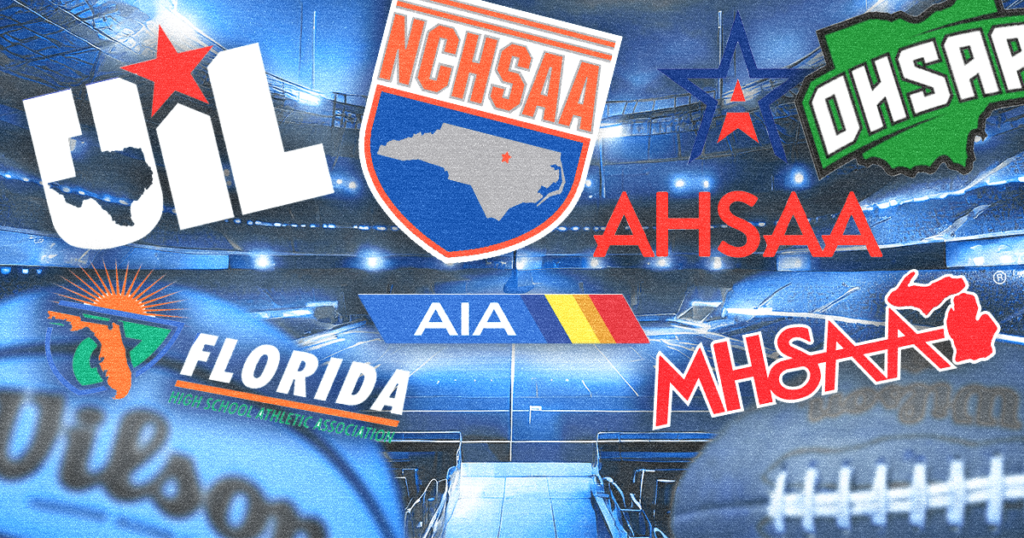
A dramatic shift has occurred over the past year in how high school administrators view NIL – it’s now allowed in a majority of states from coast to coast.
Thirty-four local athletic associations now allow student-athletes to participate in NIL deals without forfeiting the ability to play high school sports. Nonetheless, 17 state associations – most notably a handful in some of the nation’s top talent-producing regions – don’t allow NIL if players want to participate in prep sports.
“Perhaps these other associations will realize that the ‘Wild, Wild West’ aspect of NIL has either come and gone or is not as big as some others have made it out to be,” Dan Greene, an associate attorney at Newman & Lickstein, told On3 in November.
But change could be coming in Alabama if a state representative generates traction with his latest proposal. Rep. Jeremy Gray, a Democrat from Opelika who is running for Congress, introduced House Bill 25. The bill would bypass the Alabama High School Athletic Association’s amateur policy that prohibits NIL activities and allow prep stars to make money from deals.
Additionally, change could be coming in South Carolina. Jerome Singleton, the South Carolina High School League commissioner, recently discussed during an executive committee meeting enacting an NIL policy and revising the amateur policy for the association. Singleton said he will begin to write the policy and formally present it to the committee in January for a vote.
One top recruiting hotbed – Florida – has yet to evolve on NIL in the high school ranks, but it’s worth keeping an eye on the Sunshine State. On the same day that the Georgia High School Association passed new NIL guidelines, the Florida High School Athletic Association revealed it was in the process of drafting an NIL reform proposal for its board of directors to review. Sources indicated to On3 that NIL could be allowed for high school athletes early in 2024.
At the close of a dizzying 2023, more change across the board in college sports is all but guaranteed.